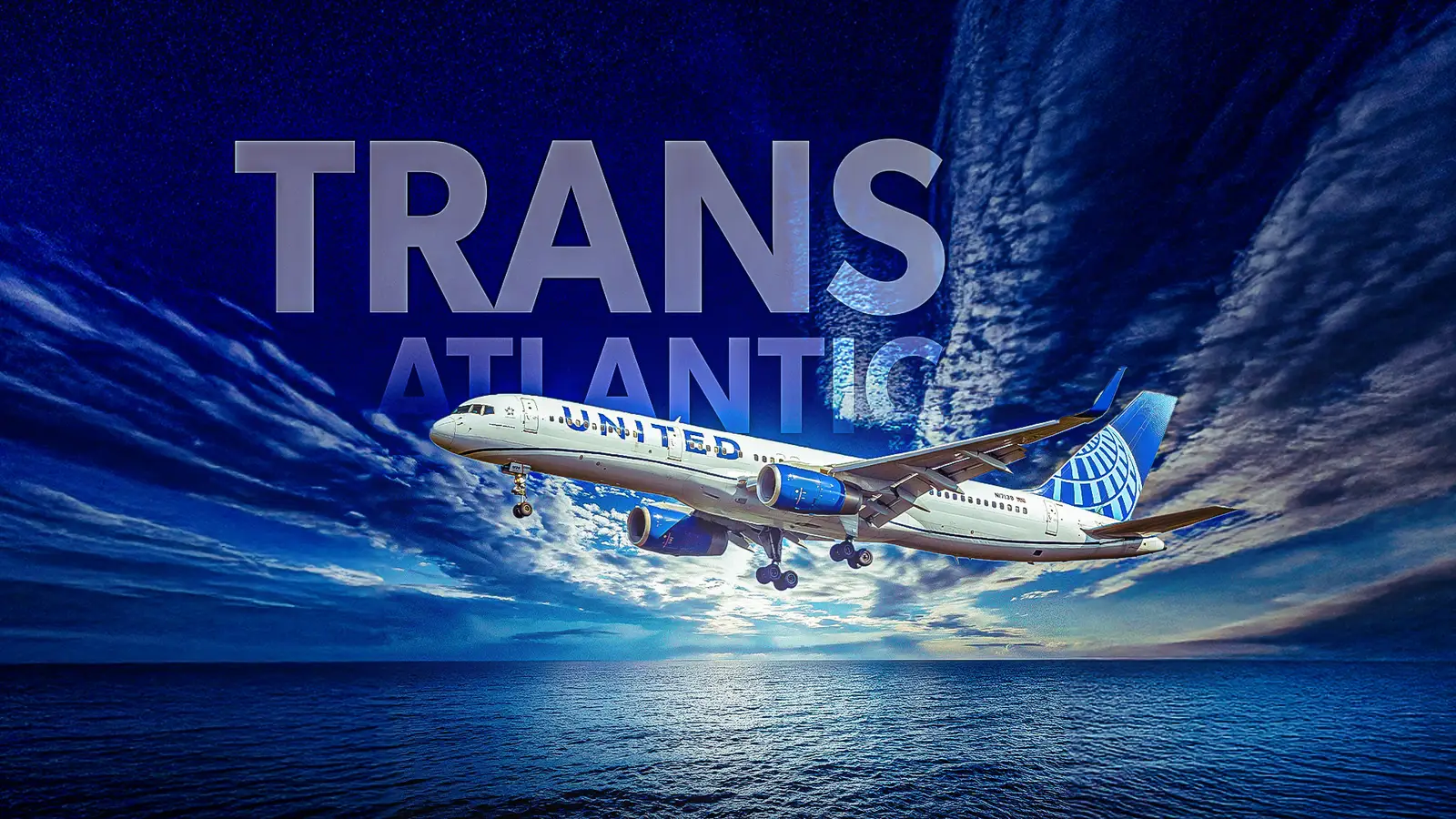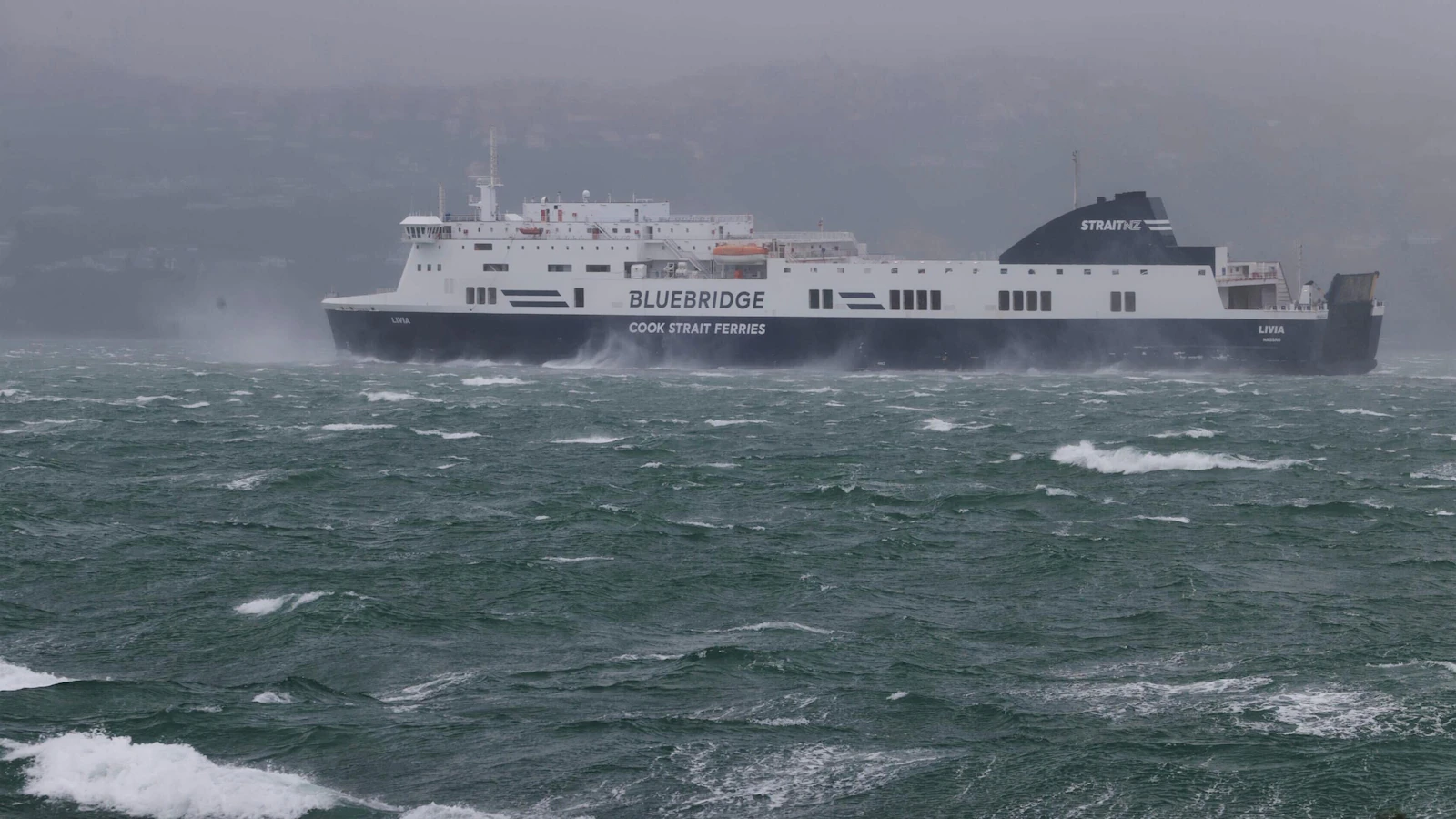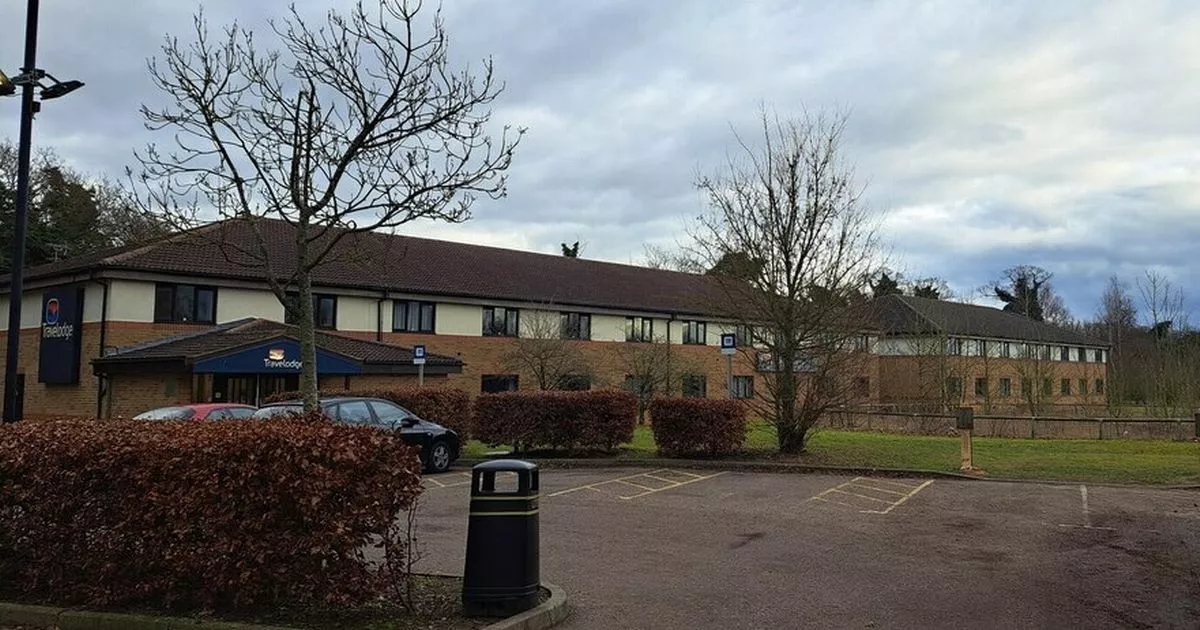Copyright Simple Flying

The Boeing 757 once dominated transatlantic skies, bridging the gap between short-haul narrow-bodies and long-haul wide-bodies. Its combination of range, power, and moderate capacity made it ideal for thinner routes that couldn’t justify larger jets. For decades, it connected secondary US cities to Europe and vice versa, becoming a symbol of flexibility and efficiency in mid-range flying. Now, as the global aviation industry transitions toward sustainability and lower operating costs, the 757’s era is fading. Airlines are retiring their aging fleets in favor of newer aircraft that offer similar reach with less fuel burn and emissions. The Airbus A321LR and A321XLR have emerged as the leading successors, bringing fresh technology and efficiency to the routes the 757 once ruled. Meanwhile, Boeing faces growing pressure to develop a true next-generation mid-market jet to reclaim the segment it once dominated. The Operational Niche Of The Boeing 757 The Boeing 757 earned its reputation as a “niche-breaker,” capable of crossing the Atlantic with a single aisle while operating economically on shorter routes. Its performance on shorter runways and its ability to climb steeply made it ideal for airports with challenging geography. Airlines appreciated its blend of range, up to 3,900 nautical miles (7,200km), and seating capacity of around 180 to 220 passengers, which perfectly balanced reach and demand. However, as aviation evolved, the economics of operating older jets began to shift. The 757’s fuel efficiency, once acceptable, lagged behind newer models equipped with advanced engines and lightweight materials. Maintenance costs rose as fleets aged, and after Boeing ended 757 production in 2004, sourcing parts became increasingly difficult. Despite these challenges, the aircraft maintained its legacy for decades thanks to its flexibility. Few planes could replace its unique role until recently. But under global pressure to cut emissions and reduce costs, airlines began searching for modern narrowbody aircraft that could perform the same missions more efficiently. Without a suitable replacement presented by Boeing, this quest would lead airlines to the Airbus A321LRand A321XLR. Why Airlines Are Replacing the 757 Airlines’ primary motivation for moving on from the 757 is economics. Newer aircraft like the Airbus A321neo family can deliver fuel savings of up to 20–30% per seat compared with older narrow-bodies, and even greater than those of the 757. These savings translate directly into lower ticket prices, improved profitability, greater financial resistance to volatile fuel prices, and reduced environmental impact, key factors in today’s aviation climate. Beyond fuel burn, aging 757s have become costly to maintain. Airframes over 25 years old require frequent inspections, more expensive replacement parts, and additional downtime. Many airlines have concluded that investing in new aircraft is more cost-effective than extending the lifespan of an aging fleet. Additionally, older aircraft, even with upgrades, often lack the latest avionics and passenger comfort features, making them less competitive in today’s market. Lastly, the nature of air travel has changed. The COVID-19 pandemic reshaped passenger demand, with many travelers now favoring point-to-point routes over large hub connections. The 757’s replacement aircraft allows airlines to serve thinner markets directly, offering flexibility to match capacity to demand —a crucial advantage in an unpredictable market. The Airbus A321LR/XLR Family: The True Successor Enter the Airbus A321LR and XLR, the most capable narrow-body aircraft yet. Built on the proven A320neo platform, these variants extend range through additional fuel tanks and aerodynamic improvements, both boasting a longer range than the 757. The A321LR can fly up to 4,000 nautical miles (7,400km), while the A321XLR stretches that to roughly 4,700 nautical miles (8,700km), enough to connect almost any East Coast US city with Western Europe nonstop. What makes these aircraft so compelling is their combination of long-haul range and narrow-body economics. They carry roughly the same number of passengers as the 757-200 but consume significantly less fuel and have increased range over their predecessor. For airlines like Icelandair, which rely on connecting smaller markets across the North Atlantic, the A321LR (and XLR due to be delivered to Icelandair in 2029) offers the perfect blend of capacity, efficiency, and operational reach. The A321XLR pushes this further by enabling entirely new city pairs. United Airlines, for instance, plans to use it to open routes from secondary US hubs to smaller European cities, markets that previously could not support wide-bodies. As such, the A321LR/XLR family doesn’t just replace the 757, it actually expands what was possible with it. Airline Fleet Strategies and Transitions United Airlines is at the forefront of this shift. With orders for 50 A321XLRs, it aims to retire its 757-200s and launch new transatlantic services by the mid-2020s. United sees the A321XLR as a direct one-for-one replacement, maintaining route flexibility while cutting emissions and fuel costs dramatically. Icelandair, one of the longest-serving 757 operators, is also embracing Airbus for the first time in its history. The airline plans to integrate A321neo and LR variants into its fleet before transitioning to XLRs later this decade. This move will modernize its transatlantic operations and allow the carrier to reach deeper into North America and Europe without the overhead of wide-bodies. Other airlines, such as Jet2 and TAP Air Portugal, are following suit, steadily retiring older jets in favour of the more efficient and versatile A321neo family. This trend reflects a broader industry move toward aircraft that combine lower operating costs with extended range capabilities. Boeing'sabsence of a direct 757 replacement has left a noticeable gap in the market, one that Airbus has been quick to exploit. The shift is now unmistakable: the A321LR and XLR variants have effectively become the de facto heirs to the 757’s legacy, filling its niche on transatlantic routes and medium-haul markets across both sides of the Atlantic. How the New Aircraft Are Reshaping Transatlantic Networks The replacement of the 757 is doing more than refreshing fleets; it’s changing how airlines plan their networks. Long-range narrow-bodies make it viable to connect smaller cities directly, bypassing traditional hubs. Travellers can now fly routes like Boston to Dublin or Washington to Lisbon on a single-aisle aircraft without sacrificing comfort or reliability. This flexibility lets airlines adjust capacity to meet fluctuating demand more precisely. Instead of risking half-empty wide-bodies, they can deploy smaller aircraft more frequently, maintaining service levels while reducing operational risk. This efficiency helps stabilize pricing and ensures profitability on thinner routes. Environmental benefits are another major gain. With lower emissions per passenger, quieter engines, and compatibility with Sustainable Aviation Fuel (SAF), the A321LR/XLR helps airlines meet increasingly stringent global sustainability goals. These aircraft not only reduce the environmental footprint of transatlantic flights but also enable carriers to operate more efficiently and responsibly. For both airlines and passengers, they represent a cleaner, more connected future for medium- and long-haul travel. Challenges And The Road Ahead Despite their impressive capabilities, the A321LR and XLR, like the 757 Family, are not perfect in every scenario. Longer routes, such as nonstop flights from the US West Coast to Europe, still demand the power and range of larger wide-bodies like the Boeing 787 or Airbus A330. For these markets, airlines must carefully balance efficiency with capacity, ensuring the right aircraft serves each route. Introducing these new jets also brings logistical challenges. Airlines must train pilots, update maintenance programs, and secure certification for long-haul, single-aisle operations. Delivery delays and regulatory reviews, particularly regarding the XLR’s fuel tank design, have led to rollout adjustments for some carriers. Yet, these are temporary obstacles in a long-term transformation already well underway. Ultimately, the A321LR and XLR embody the next chapter of the Boeing 757’s story rather than its end. They carry forward the same spirit of innovation, connecting secondary cities, efficiently bridging oceans, and adapting to market demands. The 757 revolutionized transatlantic travel in its time; its successors are now redefining it for a new generation. While the skies may no longer echo the sound of the 757’s engines, its legacy lives on in the slender silhouettes of modern narrow-bodies soaring across the Atlantic, proving that evolution in aviation never truly stands still.



